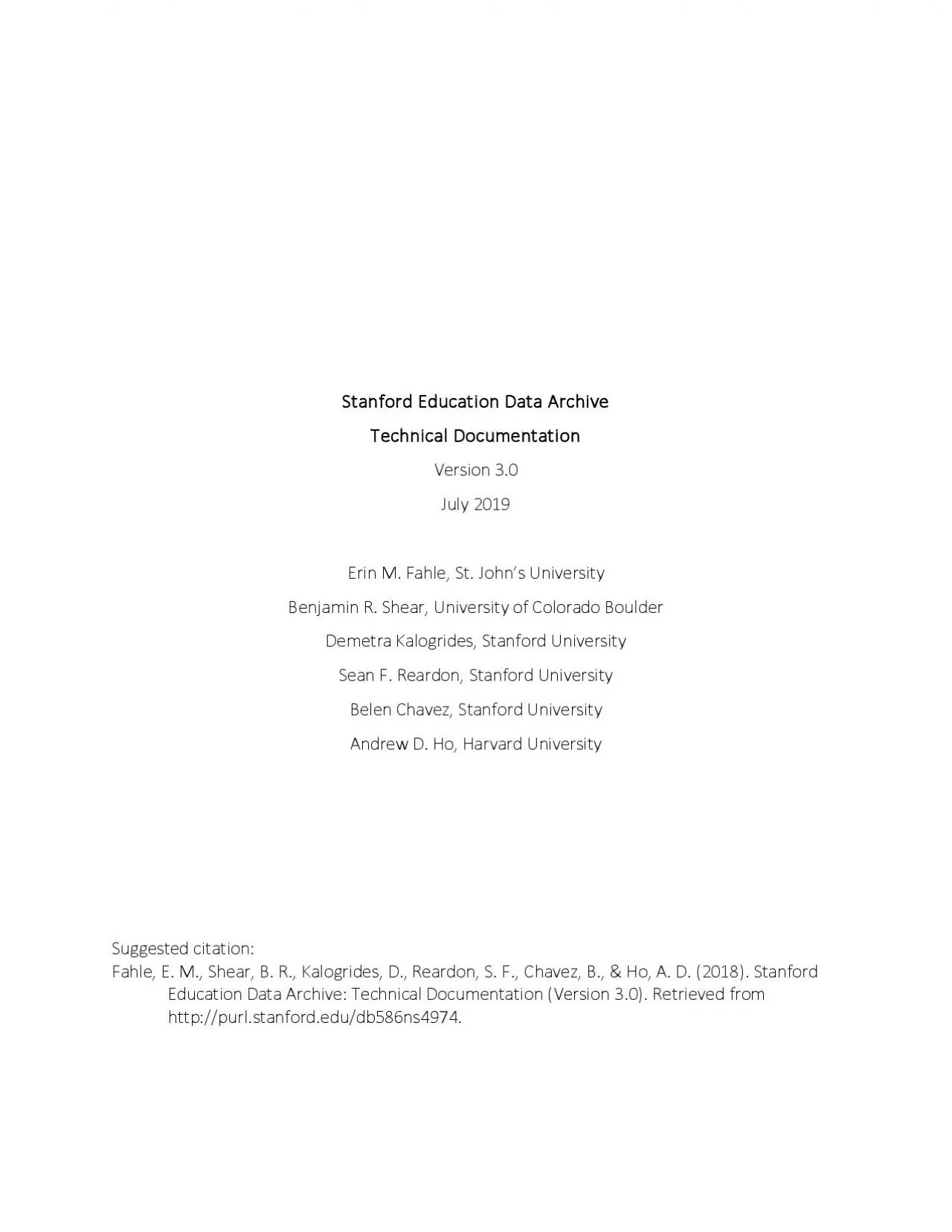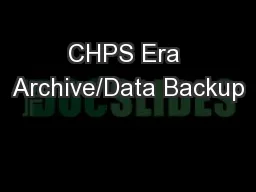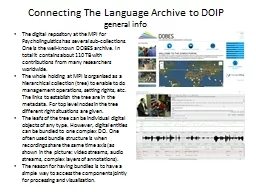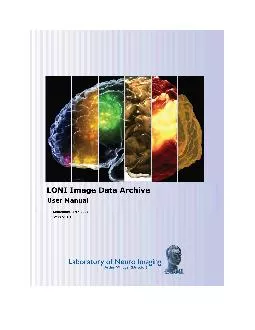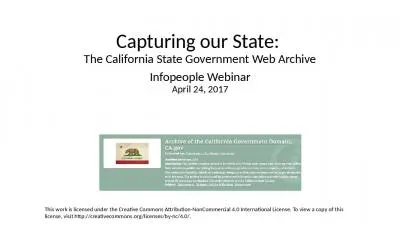PDF-Stanford Education Data Archive
Author : ella | Published Date : 2021-08-24
Technical DocumentationVersion 30July2019Erin M Fahle L Benjamin R ShearUniversity of Colorado BoulderDemetra KalogridesStanford UniversitySean F ReardonStanford
Presentation Embed Code
Download Presentation
Download Presentation The PPT/PDF document "Stanford Education Data Archive" is the property of its rightful owner. Permission is granted to download and print the materials on this website for personal, non-commercial use only, and to display it on your personal computer provided you do not modify the materials and that you retain all copyright notices contained in the materials. By downloading content from our website, you accept the terms of this agreement.
Stanford Education Data Archive: Transcript
Download Rules Of Document
"Stanford Education Data Archive"The content belongs to its owner. You may download and print it for personal use, without modification, and keep all copyright notices. By downloading, you agree to these terms.
Related Documents

